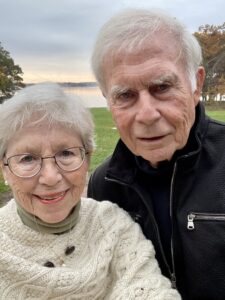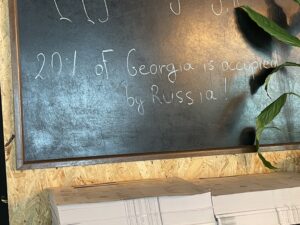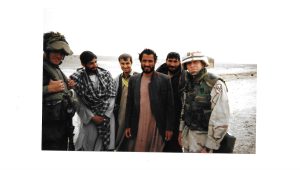
Donald Trump did not find fault with his election victory over Hillary Clinton in 2016 even though many Americans were astonished. However, four years later President Trump and many others questioned President Joe Biden’s victory. Some Trump supporters even marched and more on January 06, 2021 in protest as still sitting President Trump verbally urged them on.
Former President Trump is now seeking the presidency again, but some are protesting his right to do so. These never Trumpers are asserting that Trump is now prohibited from running by Section 3 of the Fourteenth Amendment to the United States Constitution that provides:
“No person shall be a Senator or Representative in Congress or elector of President and Vice-President, or hold any office, civil or military, under the United States, or under any State, who, having previously taken an oath, as a member of Congress, or as an officer of the United States, or as a member of any State legislature, or as an executive or judicial officer of any State, to support the Constitution of the United States, shall have engaged in insurrection or rebellion against the same, or given aid or comfort to the enemies thereof. But Congress may by a vote of two-thirds of each House, remove such disability.”
As many of us learned in high school, the 13th, 14th and 15th Amendments to the Constitution were ratified by Congress soon after the Civil War. Generally, the 13th prohibited slavery, the 14th provided for Due Process for Blacks, including citizenship, while the 15th gave Black men the right to vote.
I do not know about you, Gentle Reader, but I had never given a moment’s thought to Section 3 until after January 06, 2021 and until former President Trump announced his intention to run again. I do recall Alabama Governor George Wallace who defied the United States Supreme Court’s decision of 1954 in Brown vs The Topeka, Kansas Board of Education that ordered an end to school segregation. In Wallace’s inauguration address on January 14, 1963 he declared, “…segregation now, segregation tomorrow, segregation forever”. Yet, Wallace was allowed to run for the presidency only five years later in 1968 without anyone raising the 14th Amendment. America’s voters made their free democratic choice and rejected Wallace’s racist position.
The first time I heard mention of Section 3 being used to keep Trump off the ballot I remember my bemusement. Then, as the tiny tinkling of the anti-Trump candidacy tocsin became a loud tolling of ballot disqualification, my bemusement became concern.
Some who advance the preemption of Trump’s second term warn that our democracy would be in danger if he is reelected. These self-anointed saviors assert that to preserve our democracy we must assure the MAGA fanatics cannot steal our self-government. And the best way to do this is to disenfranchise them by eliminating their candidate from the ballot. Well, you see the oxymoron of saving democracy by denying it to those they dislike. Yet, that is the petard the Section 3 crowd is raising. Of course, they know that just as with Bush vs. Gore 2000, the matter will end up in the tender mercies of the majority of the U.S. Supreme Court. How did that work out for our democracy? Can you say Iraq War?
Politics is not Bean Bag. If you have never run for political office and lost, you may not appreciate the visceral impact it has. Most people have played on or supported some sports team and have experienced the disbelief and angst from some loss they attribute to a bad call by an umpire or referee. Well, I assure you, Gentle Reader, a loss of an election is a much more gut-wrenching experience.
As one of my brothers told me after he lost his only foray into local politics, “I cannot understand how I lost, everyone I talked to told me they voted for me”. No matter how graciously a losing candidate handles a loss, many of them wonder if, in fact, they won and somehow the outcome should have been otherwise. Ergo, Donald Trump was a part of that, “I can’t believe it!”, tradition. Was he wrong? Was he a poor sport? Was he a jerk? Yes, yes and yes. Did he take up arms against the United States? No.
Should we attempt to save our democracy by keeping him off the ballot? No! Let the voters decide. Part of democracy means allowing people to make poor choices or, at least, choices we dislike. However, democracy means making sure we all have the right to do so.





